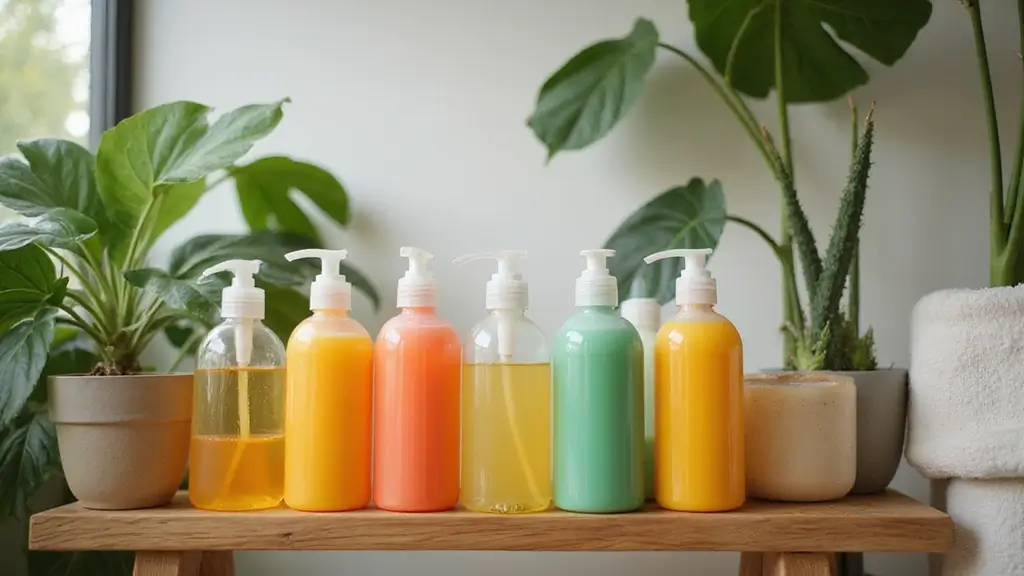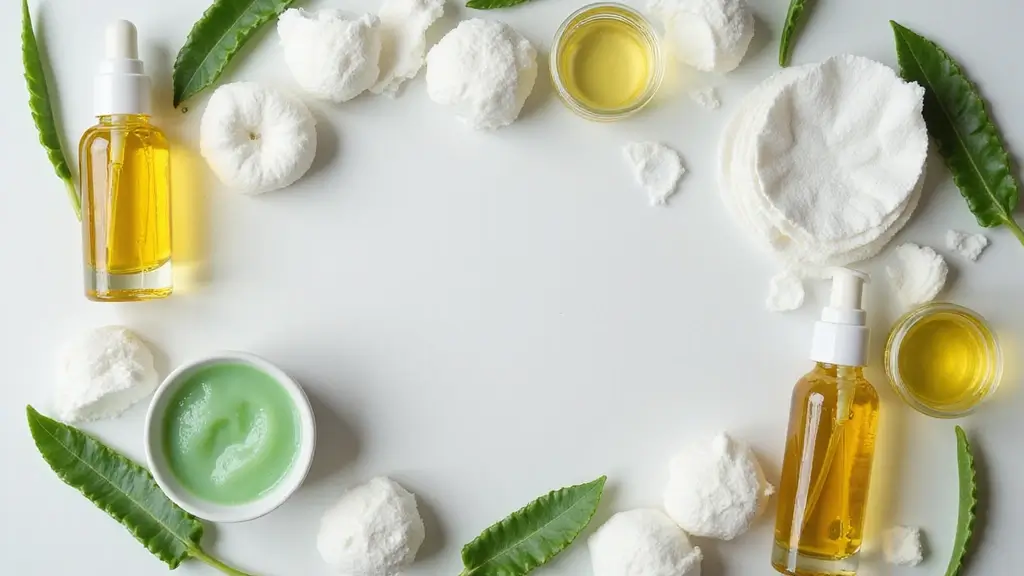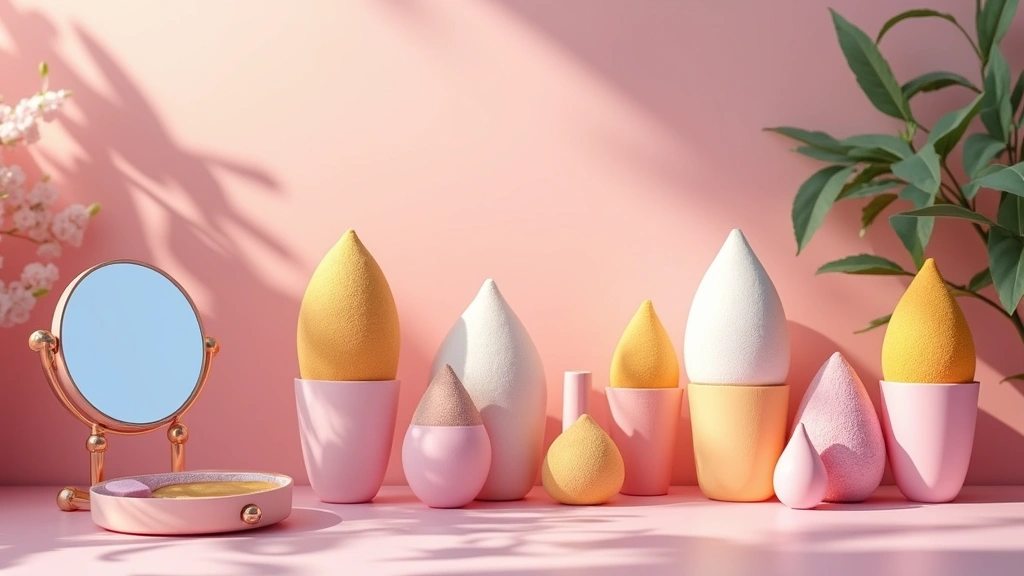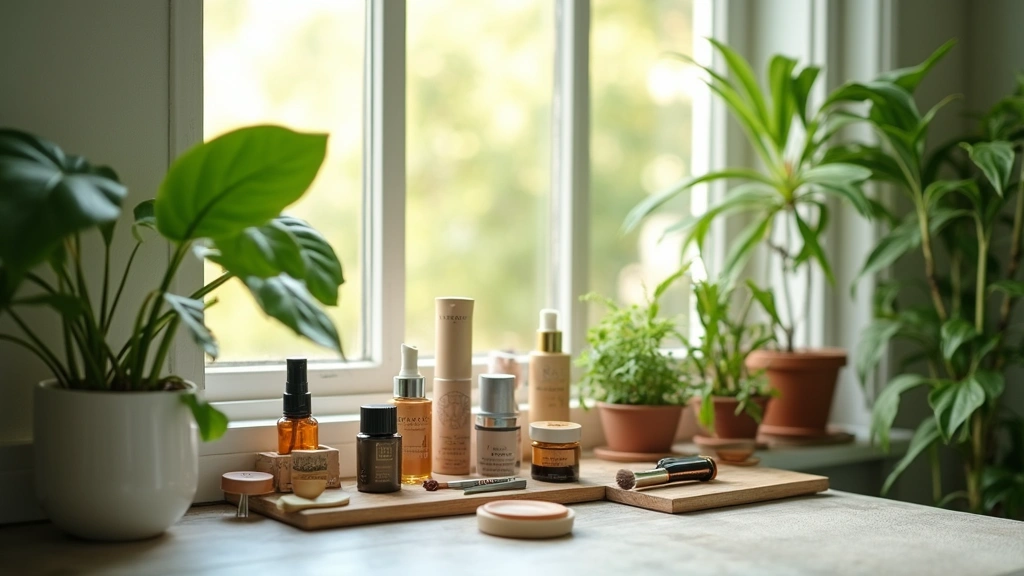Shampoo is one of those hair care essentials that we often take for granted. We lather, rinse, and repeat without giving a thought to how long that bottle has been sitting in our shower.
But just like any other product, shampoos do have a shelf life. Using expired shampoo can lead to dull hair, irritation, or even worse! Understanding whether your shampoo has expired is essential for maintaining healthy locks.
In this guide, we’ll uncover the truth behind shampoo expiration, how to identify signs of expired products, and share valuable hair care tips to keep your hair looking fabulous. Ready to dive in?
Understanding Shampoo Shelf Life
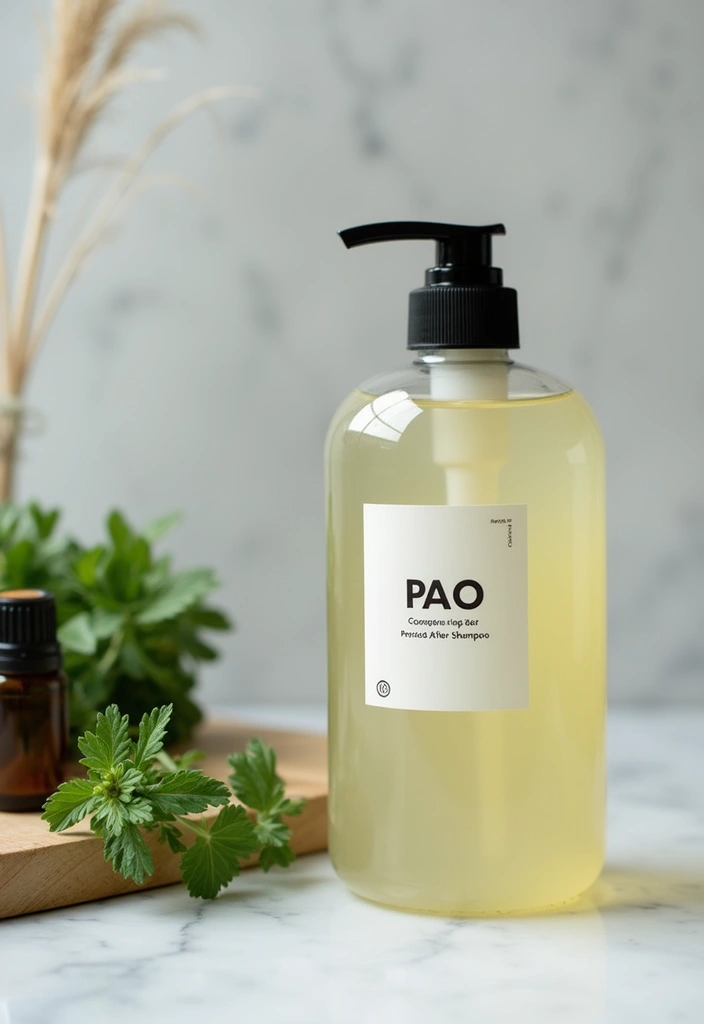
The first thing to know is that most shampoos do come with a shelf life, typically around 1-3 years from the date of manufacture. It largely depends on the ingredients. Organic and natural shampoos tend to have shorter shelf lives compared to conventional products due to the lack of preservatives. If your shampoo contains ingredients like essential oils or herbal extracts, its potency can diminish over time.
While many brands provide a ‘best by’ date, others might not, so it’s wise to keep an eye on the appearance and scent of your products. To help with organization and monitoring, consider using a shampoo storage organizer. This rustproof stainless steel shower caddy can keep your shampoos neatly stored and easily accessible, ensuring you notice any changes in their appearance or scent.
Here are a few key points to remember about shampoo shelf life:
– Look for the Period After Opening (PAO) symbol, often found on the label.
– Store shampoos in a cool, dry place away from sunlight.
– Keep the lid tightly closed to prevent contamination.
Additionally, if you want to keep track of when you opened each bottle or its ‘best by’ date, a label maker can be a great tool. With multiple templates available, you can easily create labels that remind you of important details, making sure your hair care remains at its best.
Proper storage and organization can help extend the life of your favorite shampoo.
Did you know? Most shampoos have a shelf life of 1-3 years, but organic formulas can spoil faster. Keep an eye on those natural ingredients to ensure your hair care remains at its best!
Signs of Expired Shampoo
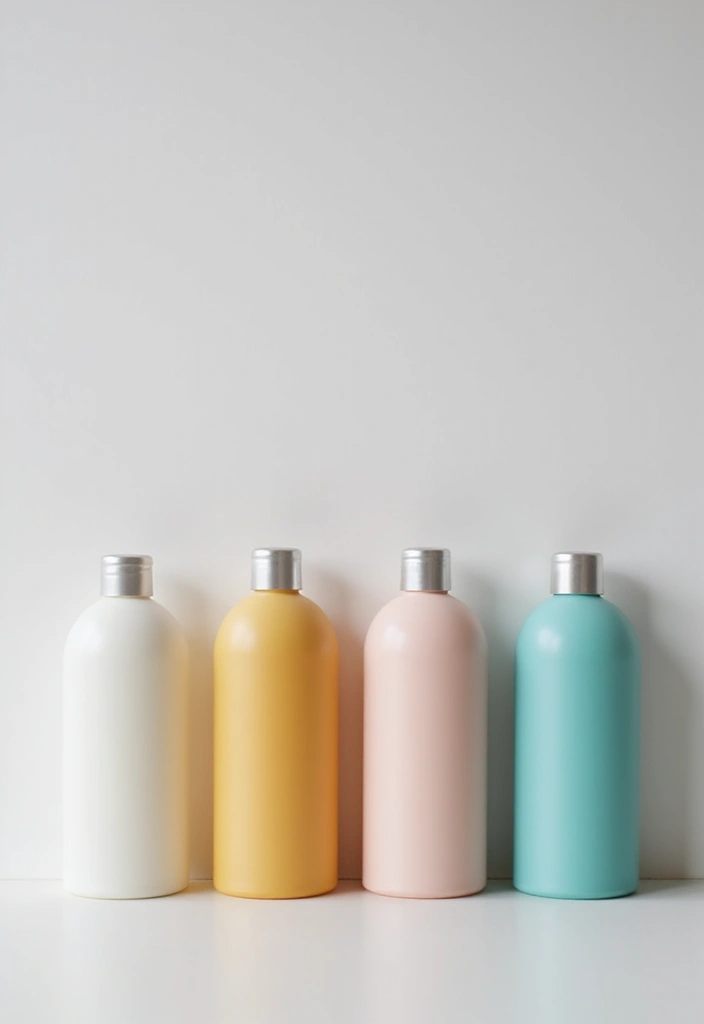
Knowing how to spot the signs of expired shampoo is crucial for maintaining healthy hair. If you notice any of the following changes, it might be time to toss that bottle:
1. **Change in Color**: If your shampoo has altered significantly in color, it might have gone bad.
2. **Unpleasant Odor**: A sour or rancid smell is a big red flag that’s hard to ignore.
3. **Separation**: If the ingredients separate, with oil floating on top or clumps forming, that’s a sign it’s no longer good.
4. **Change in Consistency**: A watery or overly thick texture indicates it might be time to say goodbye.
These changes can not only lessen the effectiveness of your product but can also irritate your scalp. To help keep your hair care routine organized and efficient, consider using a shampoo storage organizer. This rustproof stainless steel caddy can keep your products neatly stored and easily accessible, allowing you to check on their condition regularly.
Additionally, labeling your products can be incredibly helpful. Using hair care product labels will help you identify which products are reaching their expiration dates, ensuring you’re always using fresh and effective items.
For a gentle option that comes with an expiration date, you might want to try CeraVe gentle hydrating shampoo. This sulfate-free shampoo, formulated with ceramides, niacinamide, and hyaluronic acid, not only nourishes your hair but also helps you keep track of product freshness.
Performing regular checks on your hair care products ensures that you’re always using safe and effective items. Don’t let expired shampoo ruin your bad hair day! Keep an eye out for changes in color, smell, and texture to ensure your locks stay healthy and vibrant.
How Long Can You Keep Unopened Shampoo?
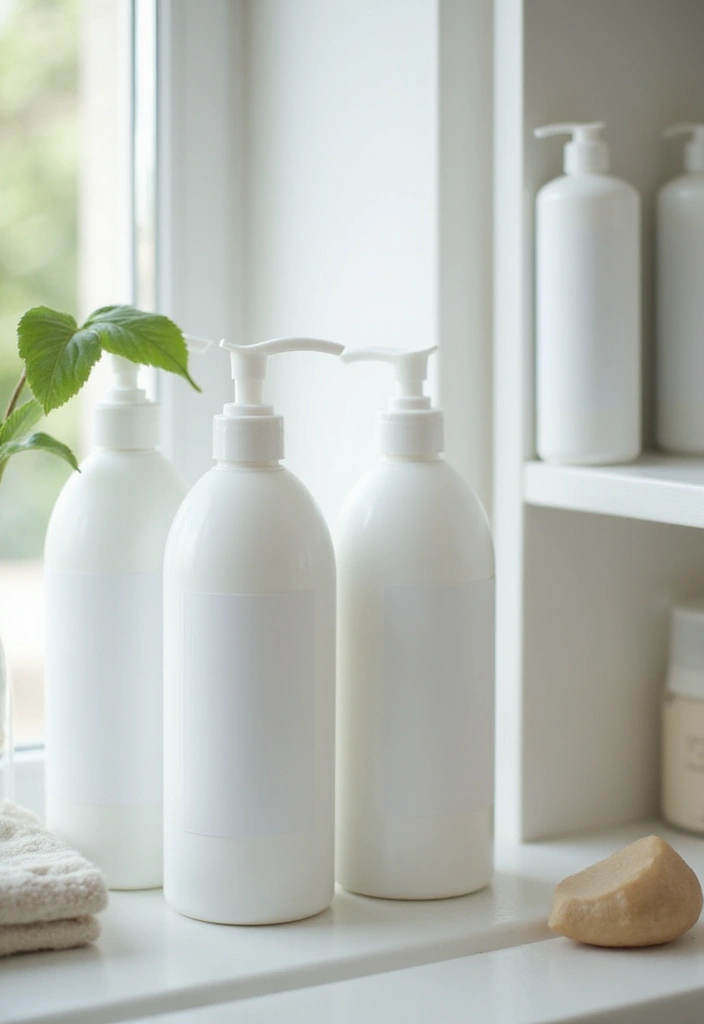
An unopened bottle of shampoo can last significantly longer than an opened one. Typically, if stored properly, it can remain effective for up to 3 years. However, even unopened products are not exempt from degradation. Factors such as temperature fluctuations and exposure to light can impact their longevity.
To help maintain the integrity of your shampoo, consider using a temperature-controlled storage box. This product offers UV protection and keeps your shampoo in stable conditions, minimizing the effects of temperature changes.
If you’ve purchased shampoo in bulk, it’s best to rotate your stock to ensure you’re always using the freshest products. Additionally, always check for any visible damage to the seal or packaging, as this can indicate exposure to contaminants.
To maximize shelf life, store your products in a dry, cool space and keep them out of direct sunlight. A practical solution for organizing your shampoo is a shampoo storage organizer. This rustproof stainless steel caddy not only saves space but also helps keep your bottles securely stored, which can reduce the risk of damage.
Finally, protecting your shampoo from dust and other elements can be accomplished with a UV protection storage bag. This bag is designed to safeguard your products from external factors, contributing to their longevity.
By implementing these storage solutions, you can ensure that you will have high-quality products when you decide to pamper yourself.
Product Expiration Dates: What to Look For
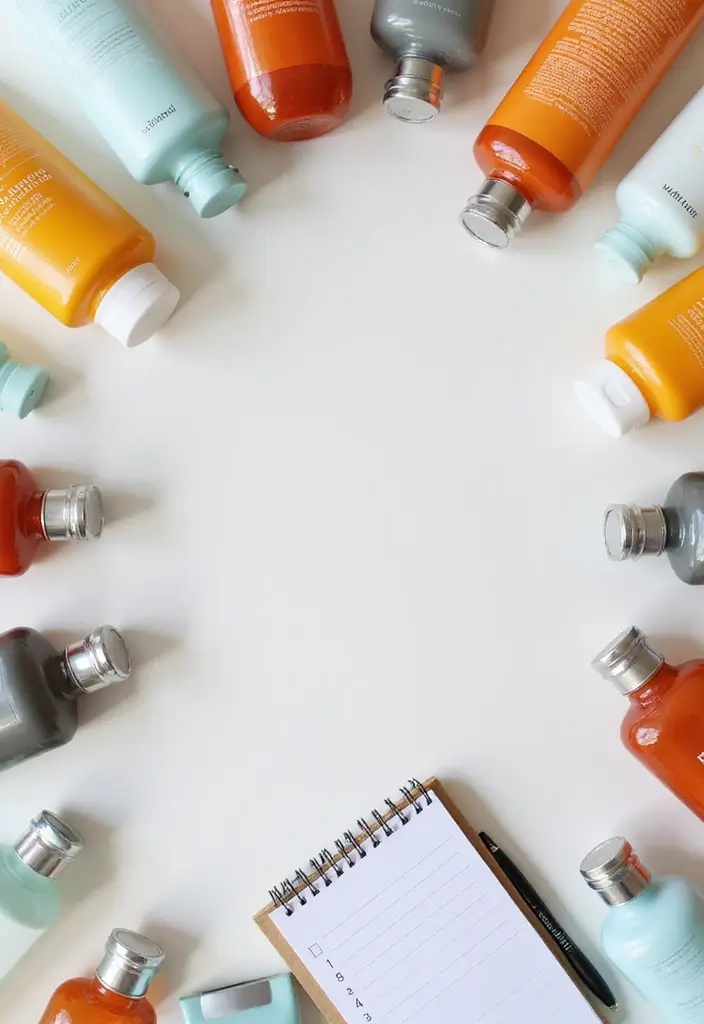
Product expiration dates can be confusing! While most beauty products have either a ‘best by’ date or an expiration date, shampoos may not always have them clearly marked. Some brands indicate how long you can use their products after opening, while others focus solely on the manufacturing date.
A good rule of thumb is to keep an eye on the texture and scent of the shampoo. To further simplify managing your hair care products, consider using a label maker. You can write the purchase date directly on the bottle, making it easier to track how long you’ve had it.
Additionally, keeping an inventory of your hair care products can be incredibly helpful. A product inventory organizer can help you maintain a log of purchases, sales, and reorders, ensuring you know exactly what you have on hand and when to use it up.
If you prefer a digital approach, consider setting up reminders with a digital reminder app. This can prompt you to check your products regularly and keep track of their age.
This proactive approach will help you better manage your hair care routine and avoid using expired products.
The Risks of Using Expired Shampoo
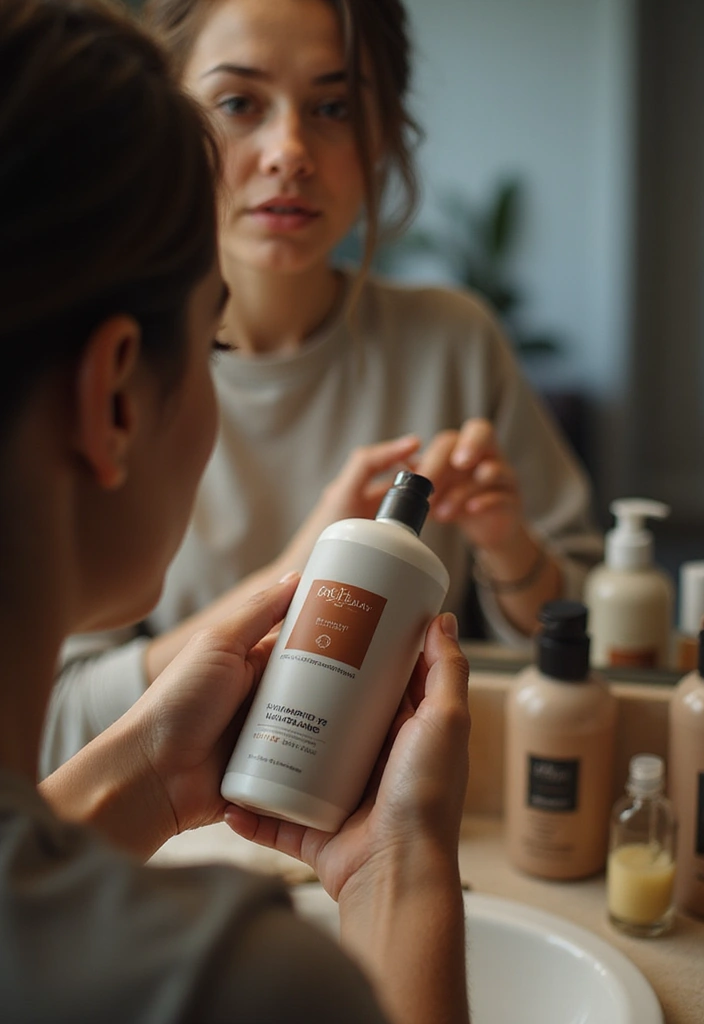
Using expired shampoo might seem harmless, but it can lead to several issues that could compromise the health of your hair and scalp. Low-quality or ineffective ingredients can result in:
– Dullness: Expired products don’t cleanse hair effectively, leading to build-up and lifeless strands. To combat this, consider using Onion Biotin and Rosemary Shampoo & Treatment Set, which is designed to promote stronger, thicker hair while providing a refreshing cleanse to revitalize your locks.
– Scalp Irritation: Potentially harmful bacteria in expired shampoos can irritate the scalp, leading to redness or itchiness. Incorporating a scalp massager, like the HEETA Scalp Massager, can enhance your washing routine, gently exfoliating while stimulating blood circulation to help maintain scalp health.
– Increased Hair Breakage: Using ineffective products can weaken your hair, making it prone to breakage. The nourishing properties of the natural shampoo set can help strengthen your strands and encourage growth.
To ensure you’re using safe products, always perform a quick check on your shampoo before use. It’s worth the minimal effort to avoid these potential pitfalls!
Best Practices for Hair Care Products

Want to extend the life of your shampoo and other hair care products? Here are some best practices that can help:
1. Regularly Check Your Products: Make it a habit to go through your hair products every few months to discard expired items. Using a label maker like the Nelko Label Maker can help you keep track of expiration dates, ensuring you never miss a product that’s past its prime.
2. Follow Storage Instructions: Keep your shampoos in cool, dark places away from direct sunlight to preserve their quality. A UV protection hair care storage bag can be a great investment for storing your products safely during travel or at home, protecting them from harmful light exposure.
3. Use Clean Tools: Always use clean hands or tools when dispensing shampoo to avoid contamination. Consider organizing your bathroom with a hair product organizer, which keeps your tools tidy and within reach, reducing the risk of using dirty implements.
4. Avoid Mixing Products: Don’t mix different brands or types of shampoo unless recommended, as this can affect efficacy.
By following these tips, you’ll maintain the integrity of your hair care, ensuring every wash leaves you with gorgeous locks!
Your hair care deserves the best! Regularly check your products, store them wisely, and keep contamination at bay to ensure every wash is a nourishing treat for your tresses.
Choosing Safe Hair Products
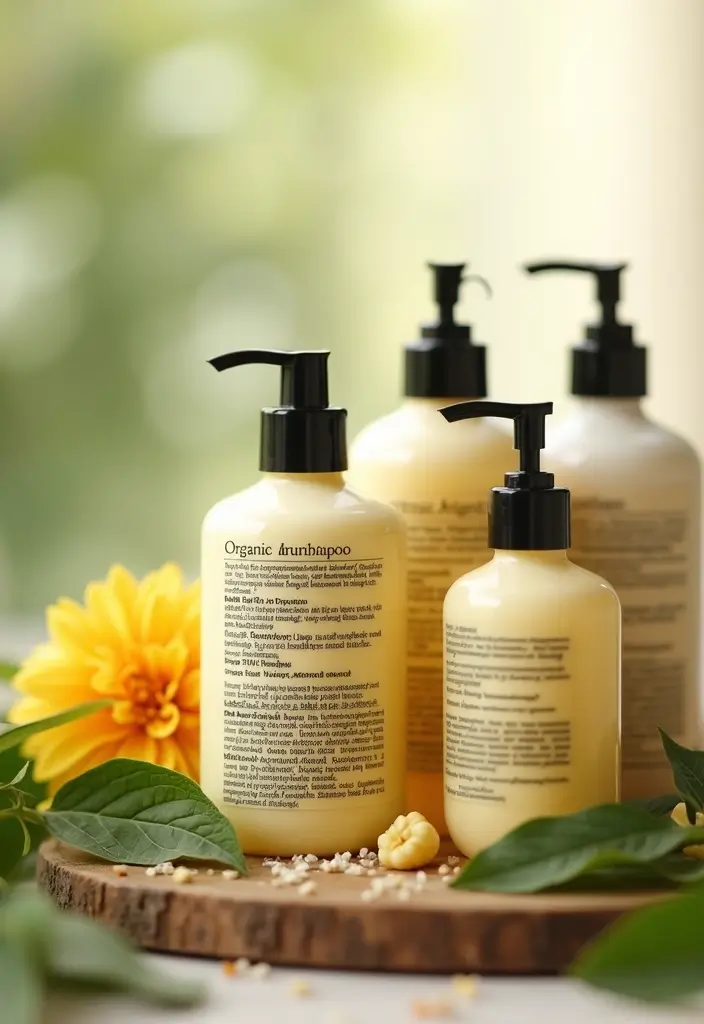
When selecting hair products, especially organic and natural options, it’s crucial to look for brands that prioritize quality and safety. Here are some tips to help you make informed choices:
1. Check ingredients: Always read labels to avoid harmful additives like parabens, sulfates, and artificial fragrances. For a great option, consider Mielle Organics Rosemary Mint Hair Strengthening Biotin Shampoo. This moisturizing shampoo gently cleanses while repairing and protecting your strands, ensuring you use a product that’s both effective and safe.
2. Research brands: Look for brands that are transparent about their sourcing and manufacturing processes, which often contributes to better safety standards. You can also explore Ginger Lily Farms Botanicals Moisturizing Conditioner, which is 100% vegan and cruelty-free. Its coconut mango scent offers a delightful experience while nourishing dry hair.
3. Look for certifications: Certifications such as USDA Organic or Cruelty-Free can indicate a higher level of quality and care. To ensure your hair products are safe, you might find the Toxic & Essential Hair Elements Test helpful. This ingredient checker allows you to evaluate the safety of your hair products, making it easier to steer clear of harmful chemicals.
By becoming a savvy shopper and considering these recommended products, you can ensure that your hair receives the best treatment possible, without the risks associated with harmful chemicals.
DIY Natural Shampoo Alternatives
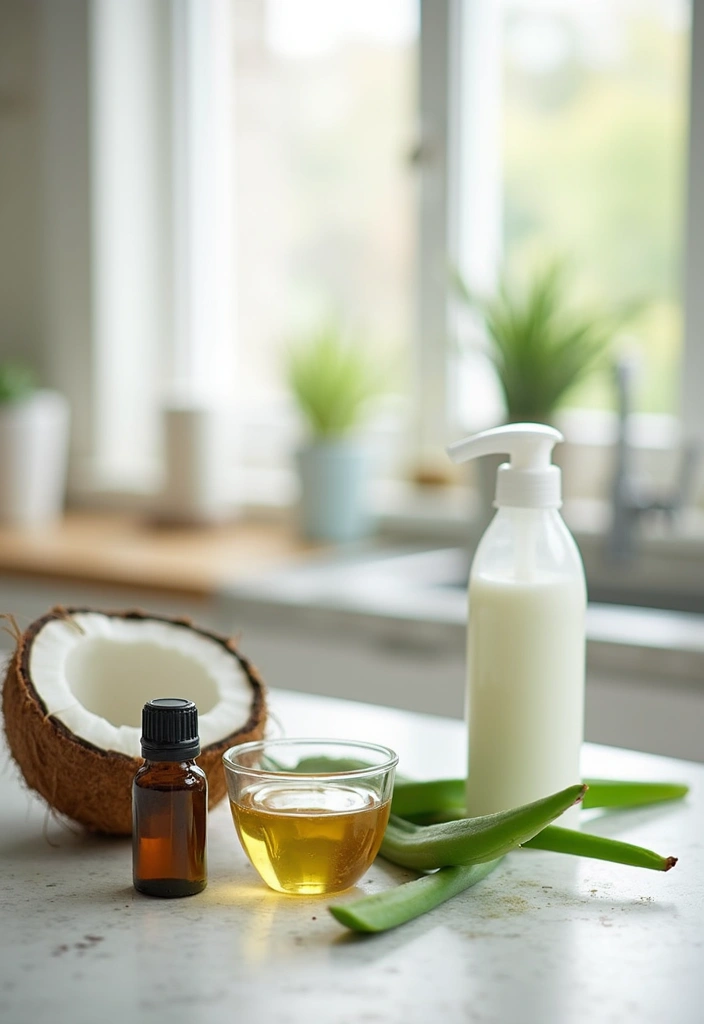
If you’re looking to minimize the risk of using expired products, consider creating your own natural shampoo at home!
Here are a couple of easy recipes:
1. **Coconut Milk Shampoo**: Mix equal parts of 365 by Whole Foods Market, organic coconut milk and Yoken EWG Verified Castile soap liquid unscented. For added fragrance, incorporate a few drops from an essential oils set. This DIY concoction is gentle and nourishing, perfect for keeping your scalp healthy.
2. **Aloe Vera Shampoo**: Blend pure aloe vera gel with a splash of lemon juice and your favorite essential oils. This mix is ideal for soothing the scalp and promoting shine.
Always test a small amount on your skin to avoid any reactions. Not only will you enjoy fresh, natural ingredients, but you’ll also have control over what goes into your shampoo, ensuring that you use only quality products.
Wrapping It Up: Healthy Hair Starts with Safe Products

Taking care of your hair isn’t just about using good products; it’s about being mindful of what you put on your scalp and strands. Understanding shampoo expiration, knowing how to spot signs of products gone bad, and choosing safe, natural options will lead you towards healthier hair days.
Remember to check your products regularly and don’t hesitate to reach out to brands for clarity on their products.
Taking these steps will keep your hair looking vibrant and shiny while protecting your health. Let’s keep those locks luscious and beautiful!
Note: We aim to provide accurate product links, but some may occasionally expire or become unavailable. If this happens, please search directly on Amazon for the product or a suitable alternative.
This post contains Amazon affiliate links, meaning I may earn a small commission if you purchase through my links, at no extra cost to you.

